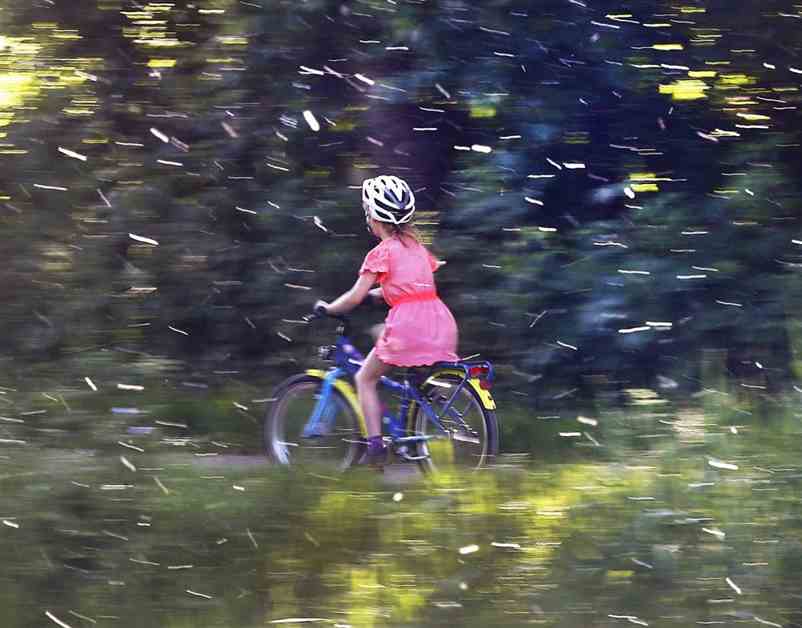Study Shows Tree Canopy Protects Children from Pollen-Related Asthma
A recent study has revealed that tree canopy provides protection for children against asthma triggered by pollen, while weed pollen increases the risk of respiratory problems in children, including asthma.
According to the study, weed pollen can cause similar symptoms as tree pollen such as coughing, itchy eyes, and respiratory irritation. Although the increased risk of developing asthma is not significant, the lead author of the study, Eric Lavigne, emphasizes that exposure to high levels of pollen can have greater importance.
While the link between asthma and pollen in general has been reported in previous studies, this study specifically focuses on weed pollen. Lavigne’s research team utilized an Ontario asthma database based on age groups and analyzed data over an eight-year period to identify asthma cases in children from birth to six years old.
Lavigne suggests that being aware of higher pollen levels can help parents be more vigilant, especially if they know their child is more vulnerable to pollen symptoms. This applies to other types of pollen as well, such as grasses or trees.
The study also highlights the importance of city programs aimed at controlling weeds, including brigades that remove and dispose of weeds properly. Lavigne hopes that the study’s findings, initially published in the European Respiratory Journal, will encourage other cities to follow suit.
Tree Canopy Protection
Lavigne explains that several factors contribute to the protective effect of tree canopy on asthma development. Tree canopy can provide a reduction in stress, increased outdoor play, good physical activity levels, and mitigation of heat impacts for children.
Additionally, trees offer benefits in relation to air pollution. Trees can help buffer air pollution exposure, which is known to have an effect on asthma. Lavigne believes that the study’s results could influence urban planning decisions, particularly in park design. Factors such as tree type should also be considered, as some tree pollens are more allergenic than others.




